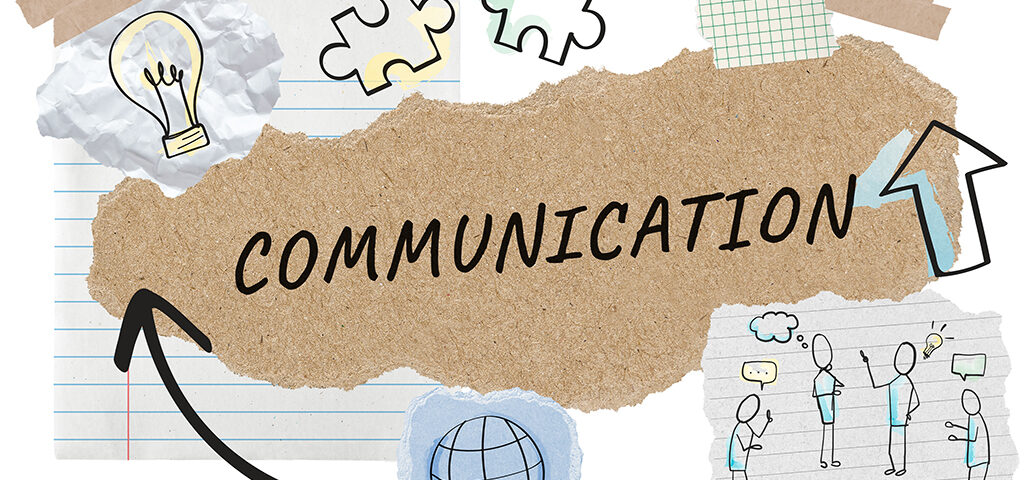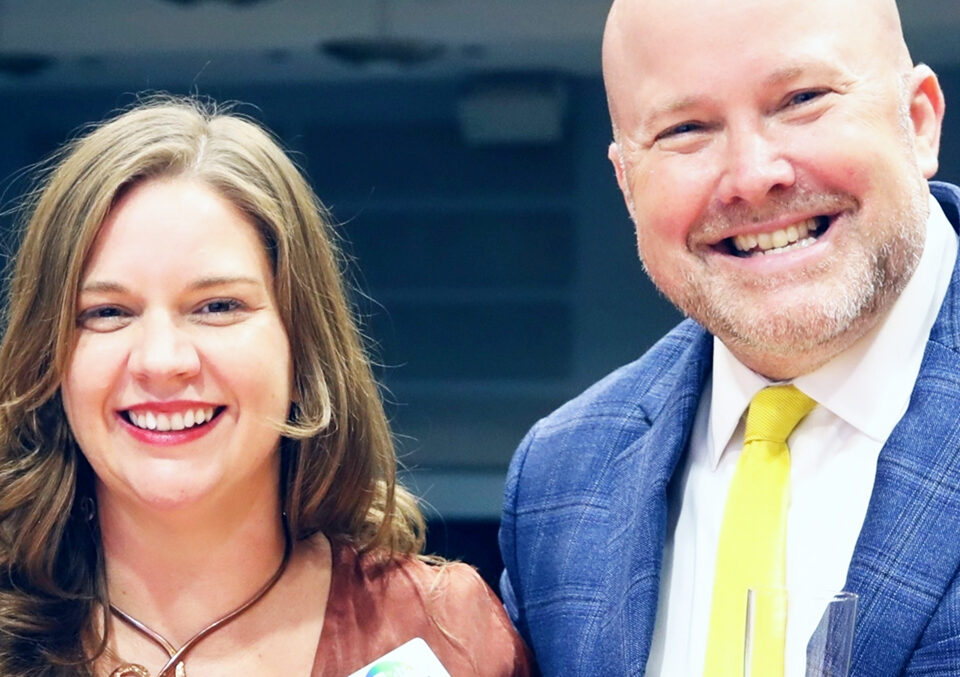
Jim Eskin’s 10 Ways to Communicate with Donor and Prospects outlines ten essential communication methods nonprofit organizations can use to engage donors and prospects, emphasizing that successful fundraising and communications are inseparable. While new technologies provide more communication options, understanding and respecting individual preferences is key. Eskin explains how personalized, consistent, and thoughtful communication builds trust, strengthens donor engagement, and drives fundraising success.
The good news is there is an ever-increasing array of different ways to communicate with donors and prospects, but the other side of the equation is that people can have vastly different preferences in how, where and when they prefer to be on the receiving end. Much of this dilemma is driven by new and smarter technology.
The overarching goal of the non-profit is to identify the best communications that fit with their respective universe of stakeholders. The communications infrastructure, bandwidth and resources of the organization can never be overlooked, but a non-profit choosing communication strategies based on what is easiest for them is inviting undesirable consequences.
Start with this compelling reality: Communications and fundraising are seamless. In other words, you really can’t pinpoint where one begins and the other takes over. Donors aren’t going to support your cause unless they know, like and trust your organization. That depends on a cogent, consistent and compatible selection of communication vehicles and messaging.
There are no one-size-fits-all solutions. Let’s take a look at several of the most common methods of sending and receiving information for a variety of audiences instrumental to non-profit success.
1. Face-to-face meetings:
This has long been the gold standard in nurturing friendships and obtaining gifts of time, talent and treasure, especially major gifts. But scheduling, distance and logistical restraints make it difficult for parties to get together. Before the pandemic, it was virtually unheard of to secure major gifts in any other way. But now we are experiencing a new reality. If genuine friendships have been established, and donor prospects know, like and trust missions, visions and values, gifts can be attained virtually. That said, there is no stronger way to connect and register a strong first impression than meeting in person. By the way, we are admittedly biased in favoring mid-morning or mid-afternoon coffees over more time-consuming lunches.
2. Videoconferencing:
This has become a part of our daily schedule. With communication so influenced by the “55% nonverbal, 38% vocal, and 7% words” rule established by Dr. Albert Mehrabian, Professor Emeritus, UCLA, this combines the practicality and convenience of technology with the power of eyeball-to-eyeball contact. Keep in mind that video meetings tend to be much more intense and taxing than in person and accordingly should be planned to be only about three quarters of the duration.
3. E-mail:
This is a ubiquitous part of our business, personal and civic lives. We don’t know anyone who doesn’t complain that they receive too much. Compounding the problem is the barrage of unwanted messages from unknown, telemarketing and suspected spam sources. Knowing who sends the e-mail makes all the difference in the world. For colleagues, board members, current owners and volunteers, e-mail remains the most effective way to deliver detailed information and background. Make it as personal as possible and avoid distribution lists.
4. Texting:
This is exploding in popularity by the minute, particularly among younger audiences. It is especially good for short and simple messages. Again, it is crucial that recipients are familiar with senders.
5. Social media:
This too is building awesome momentum, and virtually everyone is checking major platforms on a daily or several times a day basis. We view it as an effective and efficient way to reach mass audiences. Perhaps we are old school, but we don’t recommend using it to communicate with individuals on a one-to-one basis as a primary mode.
6. Direct mail marketing:
Its death is vastly exaggerated. Research indicates it boasts an average response rate of 4.4%, significantly outperforming e-mail’s 0.12% response rate. Also, it can be used very effectively to set the stage for subsequent communication coming from other channels.
7. Websites:
When we launched our business seven years ago, we were absolutely convinced that we needed the best website we could afford. We invested enormous effort in getting it right. We still do our best to keep it current, but our attitude about its importance has changed. For sure, prospective clients might quickly check it out to gain a measure of confidence in our credibility. The same applies to non-profits, particularly to those who do not have a well-known brand or national identification. But as social media platforms grow more and more robust, website traffic is diminishing.
8. Cell phones:
Though investment in more sophisticated technology escalates, we love the simplicity and convenience of telephone conversations. Especially if you know good times to reach the other party, we highly value conveying core messages and receiving quick responses in a matter of minutes. The reality is it often results in voicemail. That is perfectly acceptable when making stewardship calls with no other agenda but thanking donors for their gifts. There is no precise formula on how many messages to leave after is there is no response. At a minimum, you should wait a few days before calling again.
9. E-mail marketing:
This is a fine way to reach mass audiences on a budget. Organizations can and should continue to use it as part of regular communications such as newsletters, special reports and updates. Do yourself a favor and to the extent possible adhere to a consistent calendar such as the first week of every month.
10. Handwritten notes:
We’ve saved our personal favorite for last. Needless to say, there are limitations on how many you can send. But as a rapid response to emphasize gratitude and excitement, even in 2025, we can’t think of a more personal and emotional method to bond with donors and prospects. Think about it: How many handwritten notes do you receive via snail mail? It will enable your non-profit to genuinely stand out.
(We have intentionally left artificial intelligence off the list. That merits a pro and con discussion of and by itself.)
The more you know about the recipients, the more effectively you can choose the correct and most effective option. That’s why we recommend establishing early in friendship building (we purposely avoid the word “relationship”) the communication preferences of stakeholders. Making assumptions on your own can lead you in the wrong direction. For example, many non-profits conclude that they should never communicate over weekends. We see nothing wrong with making stewardship phone calls or sending e-mails thanking donors for their gifts and conveying a quick story on the impact achieved through their generosity.
Jim Eskin’s 10 Ways to Communicate with Donor and Prospects was first posted at Major Gifts Ramp-Up
For more articles like Jim Eskin’s 10 Ways to Communicate with Donor and Prospects VISIT HERE

